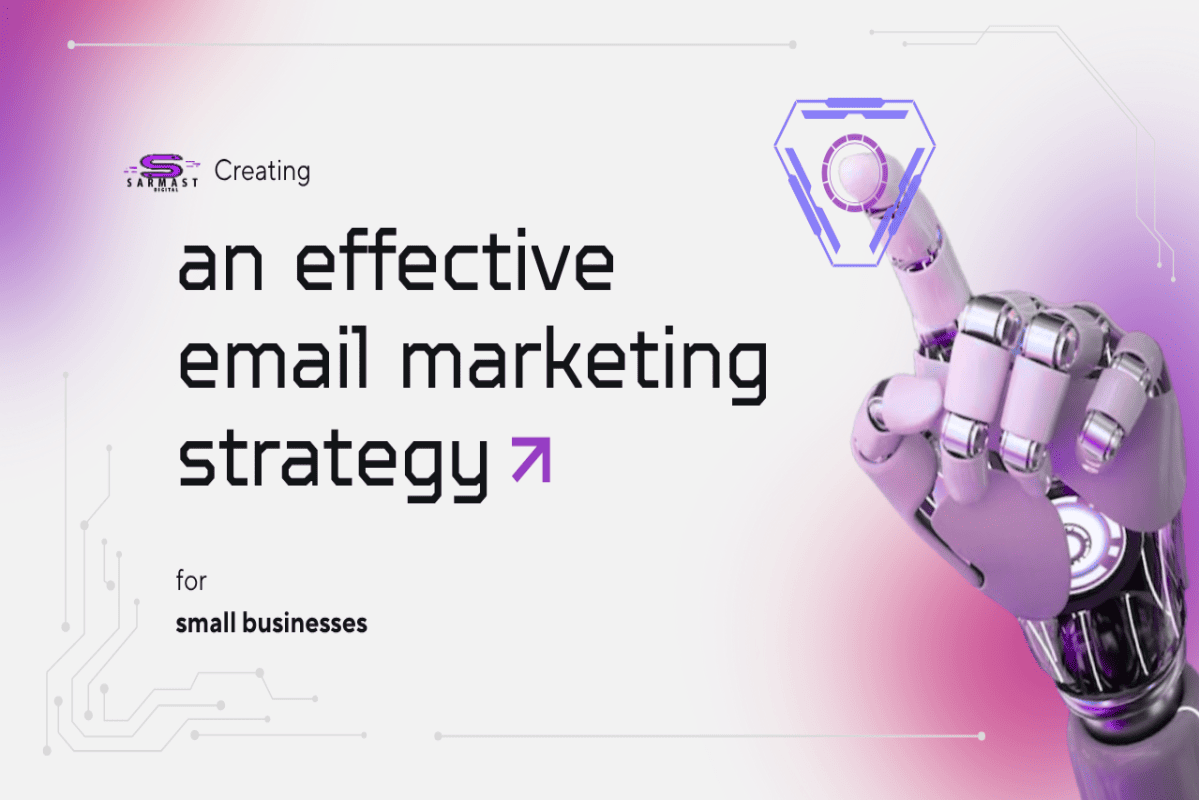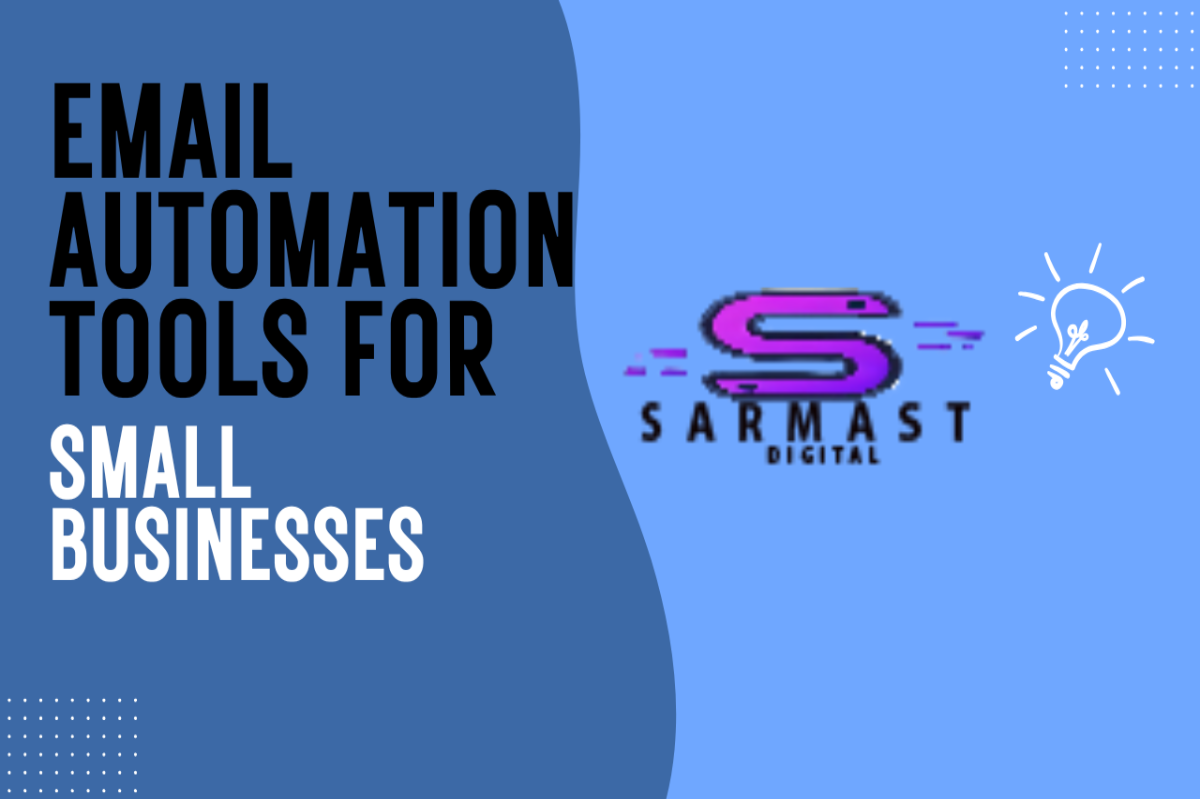Introduction
Running a small business means juggling many things — from sales to customer service to marketing. But what if one simple tool could help you connect directly with your customers, grow your revenue, and build loyalty — all at once? That’s where email marketing for small businesses comes in.
In this guide, you’ll learn how to create a powerful email marketing strategy that actually works — step-by-step. From building your list to automating your messages, you’ll get practical tips you can start using today.
What is email marketing and why it matters for small businesses
Email marketing is the process of sending targeted messages to your audience’s inbox. It helps you stay in touch with customers, promote your products, and share valuable updates — without spending a fortune on ads.
The benefits of email marketing for small businesses
The benefits of email marketing for small businesses go far beyond just selling products:
- Customer loyalty: Regular, thoughtful emails keep your brand top of mind.
- Increased sales: A simple newsletter with discounts or tips can lead directly to conversions.
- Direct communication: Unlike social media, emails land directly in your customer’s inbox — no algorithms involved.
According to research by DMA, email marketing has an ROI of $42 for every $1 spent. That’s why small business owners are turning to affordable email marketing strategies instead of relying solely on paid ads.

How to build an email list for small businesses
You can’t do email marketing without subscribers. Building a quality email list is the foundation of every successful campaign.
Best ways to collect emails from customers
Here are some real-world ways to collect emails ethically and effectively:
- Pop-ups: Use exit-intent pop-ups offering a discount or free resource.
- Simple signup Forms: Add a clear form to your homepage, blog, or checkout page.
- Exclusive offers: Give 10% off on the first purchase for newsletter subscribers.
- Offline Events: Ask customers to sign up in-store or during events.
These methods make your audience want to give their email instead of feeling pressured.
Using lead magnets and signup forms effectively
A lead magnet is something valuable you give for free in exchange for an email address — like an ebook, checklist, or free consultation.
Tips:
- Keep signup forms short (name + email is enough).
- Place them strategically — after blog posts or in your website footer.
- Always highlight the value (e.g., “Get free marketing tips weekly”).
This is how successful brands build their email list for small businesses naturally — with trust and value first.

Creating an effective email marketing strategy for small businesses
Having subscribers is one thing; keeping them engaged is another. You need a solid email marketing strategy for small businesses to make it work.
Planning your email content
Start by mapping your goals:
- What do you want readers to do after opening your email?
- Is it to visit your website, buy a product, or read your latest blog?
Types of emails that perform well:
- Welcome series
- Product updates
- Seasonal promotions
- Educational newsletters
Tip: Use a friendly, conversational tone — like you’re talking to one customer, not a crowd.
Segmenting your audience for better results
Not all subscribers are the same. Some are new customers; others are loyal buyers. Segmenting your audience allows you to send personalized messages to each group.
Example:
- Send “welcome” emails to new subscribers.
- Share VIP offers with loyal customers.
- Remind inactive users about what they’re missing.
This simple step can double your open and click rates — and make your emails feel more human.

Are messaging apps replacing email?
In many small businesses today, messaging apps like WhatsApp and Telegram are becoming just as powerful as email — and sometimes even more effective. Customers check these apps multiple times a day, so open and response rates are much higher than email. For quick updates, renewal reminders, or support questions, WhatsApp feels faster and more personal.
However, email still plays a vital role in your long-term strategy. You own your email list, while messaging apps belong to external platforms that can change their rules anytime. The smartest approach is to combine both:
-
use email to build trust and share in-depth content,
-
and messaging apps to drive fast interactions and sales.
This balance keeps your communication personal, flexible, and future-proof.

Email automation tools for small businesses
Now that you have a strategy, it’s time to make things easier with automation.
Top email tools you can start with
You don’t need expensive software to start. Here are some beginner-friendly email automation tools for small businesses:
| Tool | Best For | Free Plan |
| Mailchimp | Easy templates and analytics | ✅ |
| Brevo (formerly Sendinblue) | SMS + email automation | ✅ |
| ConvertKit | Creators and small eCommerce stores | ✅ |
| MailerLite | Clean design and simple automations | ✅ |
These platforms let you schedule campaigns, track results, and even send automated welcome emails — all in a few clicks.
How automation saves time and boosts results
Imagine sending a welcome email the moment someone subscribes — without lifting a finger.
That’s what automation does.
Benefits:
- Saves hours of manual work
- Keeps your audience engaged consistently
- Increases conversions through timely messages
Even small automations — like “Happy Birthday” emails or cart reminders — can create a big difference in customer experience.

Measuring success: Key email marketing metrics
If you don’t measure, you can’t improve. Tracking key metrics helps you understand what works — and what doesn’t.
Open rate, click rate and conversion
Here’s a quick guide:
- Open Rate: How many people open your emails
- Click Rate: How many click on your links
- Conversion Rate: How many take the desired action (like making a purchase)
Use A/B testing — for example, try two subject lines and see which one performs better.
How to improve performance over time
Keep refining:
- Clean your list every few months.
- Optimize your send times (test weekdays vs. weekends).
- Personalize your subject lines and greetings.
- Offer real value — not just promotions.
Gradual improvement leads to consistent long-term results.

Final thoughts: Growing your business with smart email marketing
Email marketing for small businesses isn’t about fancy tools — it’s about connection.
Start small: build your list, send value-packed messages, and automate what you can.
As your audience grows, so will your confidence and results.
If you’re ready to boost visibility even further, check out our related guide:
👉 Digital marketing for small businesses: Strategies & SEO
FAQs: Email marketing for small businesses
How often should small businesses send marketing emails?
Once a week is a good start. The key is consistency — don’t disappear for months, but also avoid daily emails that annoy subscribers.
What’s the best email marketing platform for beginners?
Mailchimp and Brevo are great starting points — both have free plans and simple drag-and-drop editors.
How can I grow my email list fast?
Offer a valuable lead magnet, use clear signup forms, and promote your newsletter on social media and your website.
📱 See It in Action
Watch our short Instagram reel to see how these strategies come to life 👇
big goals, small steps 💫
